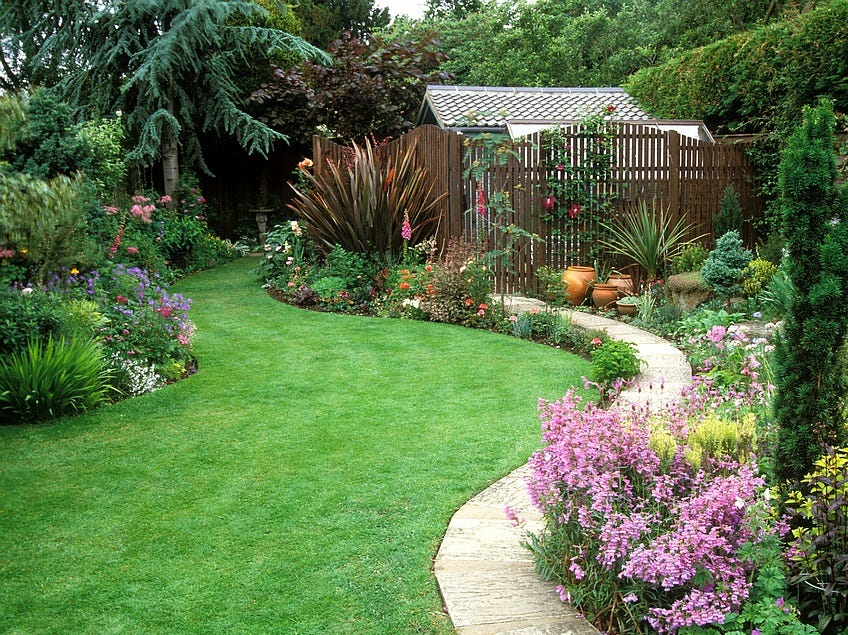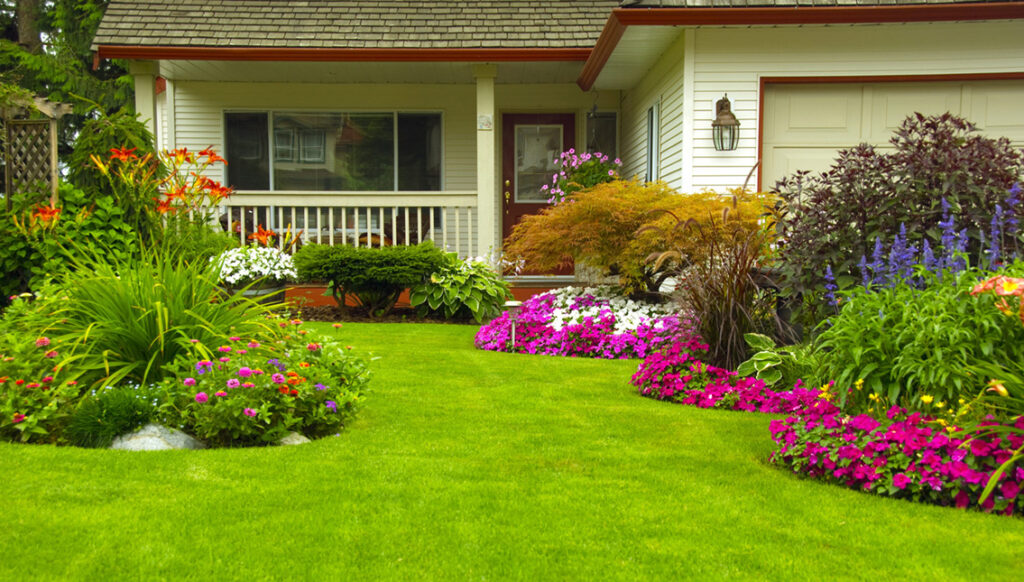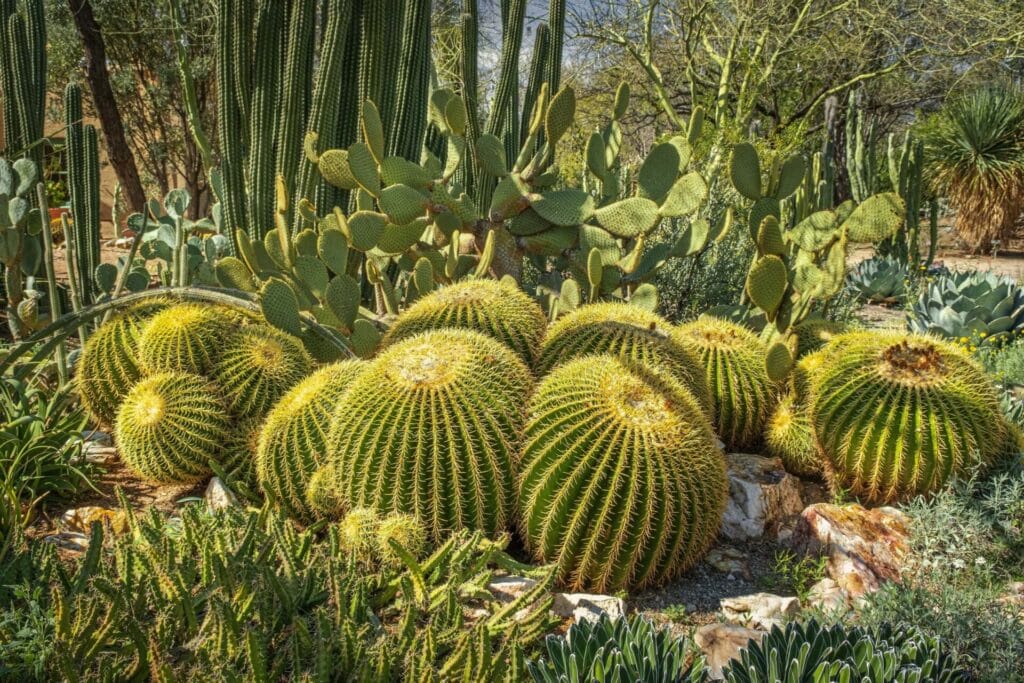Are you looking to create a beautiful, sustainable garden while conserving water and reducing maintenance? Xeriscaping with native plants is the perfect solution for homeowners who want a low-maintenance, eco-friendly landscape. This guide will walk you through everything you need to know about xeriscaping, from its benefits to how to choose the right native plants for your garden.


What is Xeriscaping?
Xeriscaping is a landscaping technique designed to reduce the need for supplemental water from irrigation. It focuses on using drought-tolerant plants, efficient watering methods, and smart design strategies to create landscapes that thrive with minimal water usage. This method is especially beneficial in regions with low rainfall or water restrictions, but it can be applied anywhere to conserve water and create a sustainable outdoor space.
Why Choose Xeriscaping with Native Plants?
When combined with native plants, xeriscaping becomes even more effective. Native plants are naturally adapted to the local climate, soil, and rainfall conditions, making them ideal for low-maintenance, water-efficient landscapes. Here are some key benefits of xeriscaping with native plants:
Native plants are drought-resistant and thrive on the natural rainfall in your region, reducing the need for frequent watering. This can significantly cut down your water usage, which is beneficial for both the environment and your utility bill.
By choosing native plants, you support local wildlife. Native species provide food and shelter for birds, insects, and other animals, which helps preserve the local ecosystem.
Native plants are accustomed to the local soil and climate, making them easier to care for. They typically require less fertilization, pest control, and pruning compared to non-native varieties, which means less effort and fewer chemicals in your garden.
Many native plants have deep roots that help to improve soil structure, prevent erosion, and increase water retention. This results in healthier soil, which benefits all the plants in your garden.
Why Choose Xeriscaping with Native Plants?
Now that you know the benefits, let’s dive into the steps you can take to create your xeriscape garden with native plants.
1. Assess Your Landscape
Before planting, assess your current landscape. Identify areas with full sun, partial shade, and full shade, as well as the soil type and drainage. Native plants thrive in various conditions, so understanding your garden’s unique features will help you choose the best species for each area.
2. Select the Right Native Plants
Choosing the right native plants is essential to the success of your xeriscaping project. Make sure to select species that are well-suited to your region’s climate and soil type. Popular native plants for xeriscaping include:
For Sunny Areas: Purple Coneflower, Black-eyed Susan, and Blanket Flower
For Shady Areas: Wild Ginger, Columbine, and Bluebell
Ground Covers: Creeping Thyme, Sedum, and Prairie Dropseed
Shrubs and Small Trees: Serviceberry, Red-twig Dogwood, and Chokecherry
Consult with your local nursery or gardening expert to ensure you’re selecting plants that will thrive in your area.
3. Design Your Xeriscape
Designing your xeriscape garden involves planning for both aesthetics and practicality. Group plants according to their water needs, placing drought-tolerant plants in dry areas and more moisture-loving plants in shaded spots. Incorporate various textures, colors, and plant heights to create visual interest. Don’t forget to add hardscaping elements like gravel paths, rocks, or mulch to help conserve moisture and reduce evaporation.
4. Soil Preparation
Native plants generally prefer well-drained soil, but they can also adapt to various types of soil. To improve your soil’s health, consider adding organic matter such as compost before planting. This will help increase water retention and provide essential nutrients.
5. Watering and Maintenance
While xeriscaping reduces the need for frequent watering, your plants will still need some attention during their initial establishment phase. Water them deeply, but infrequently, to encourage deep root growth. Once established, native plants require very little water, making xeriscaping a highly efficient option for homeowners looking to conserve water in the long run.
Common Mistakes to Avoid in Xeriscaping
While xeriscaping with native plants is an excellent way to create a beautiful, low-maintenance landscape, there are some common mistakes you should avoid:
1. Overwatering
Overwatering is one of the most common mistakes in xeriscaping. Native plants are drought-tolerant and don’t require frequent watering. Ensure that you allow the soil to dry out between waterings to prevent root rot.
2. Choosing the Wrong Plants
Not all native plants are suitable for every garden. Be sure to select plants that are well-suited to your garden’s microclimate, whether it’s sunny, shaded, or windy. Choose plants that match your soil type for the best results.
3. Neglecting Proper Mulching
Mulching is essential for retaining moisture in your xeriscape garden. Use organic mulch, such as wood chips or shredded leaves, to cover the soil. This helps reduce evaporation, suppress weeds, and improve soil health.
Conclusion
Xeriscaping with native plants offers a beautiful, sustainable solution for homeowners looking to conserve water, reduce maintenance, and create a thriving garden that supports local wildlife. By choosing the right plants and following best practices, you can create a low-maintenance landscape that enhances the beauty of your home while benefiting the environment.
Start today by assessing your landscape, selecting appropriate native plants, and designing a xeriscape that suits your needs. With careful planning and the right plant choices, you’ll be on your way to a lush, water-efficient garden in no time!



